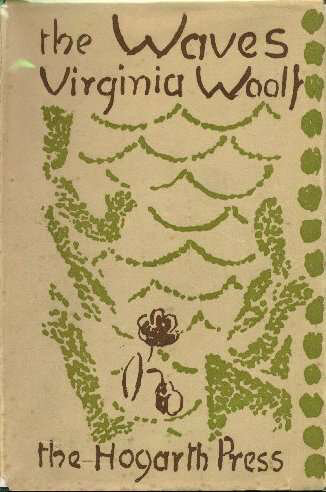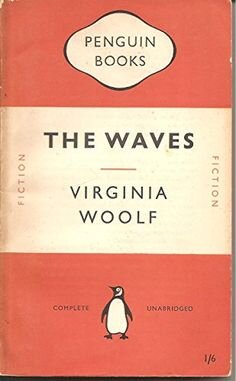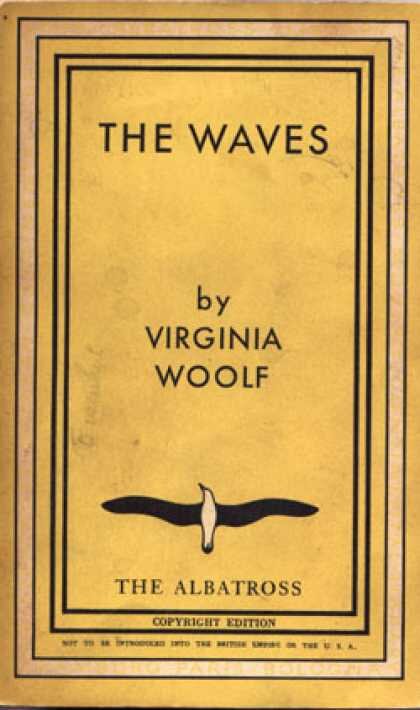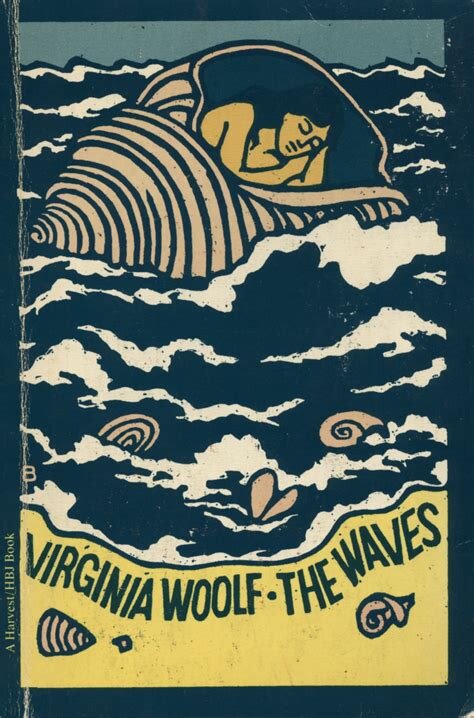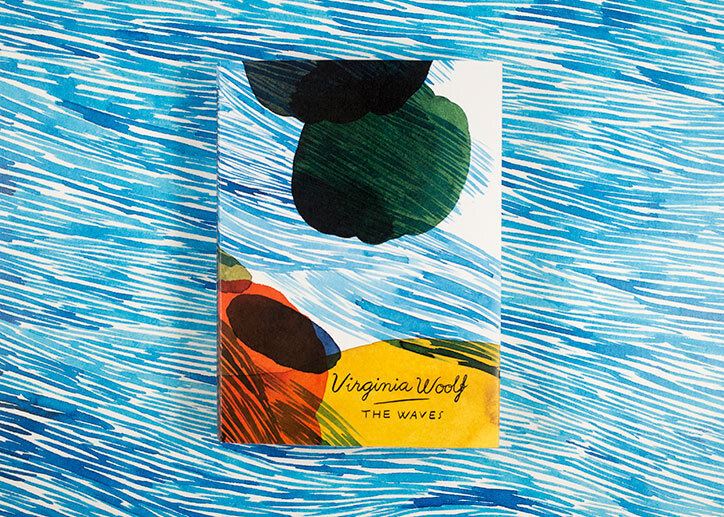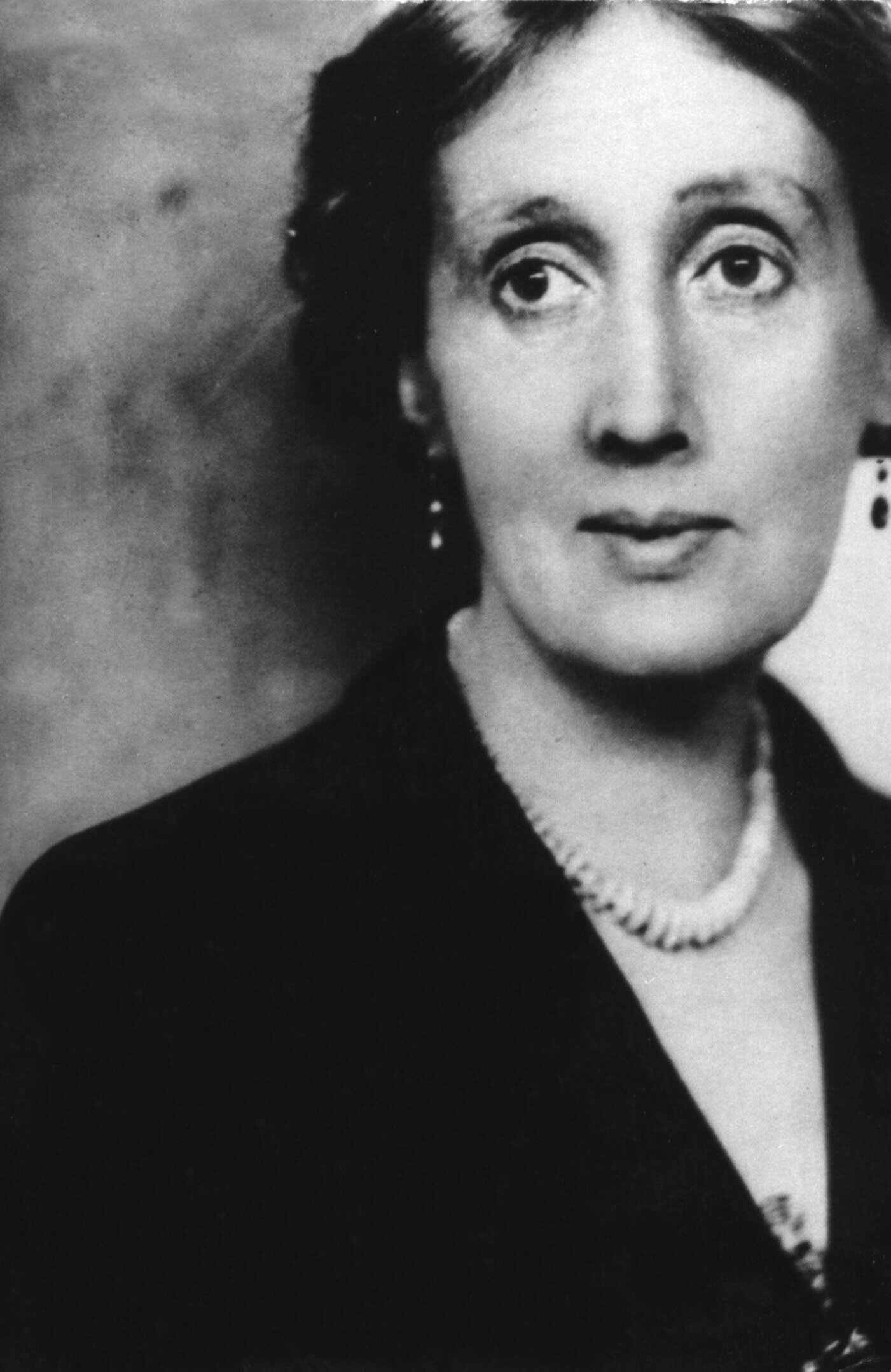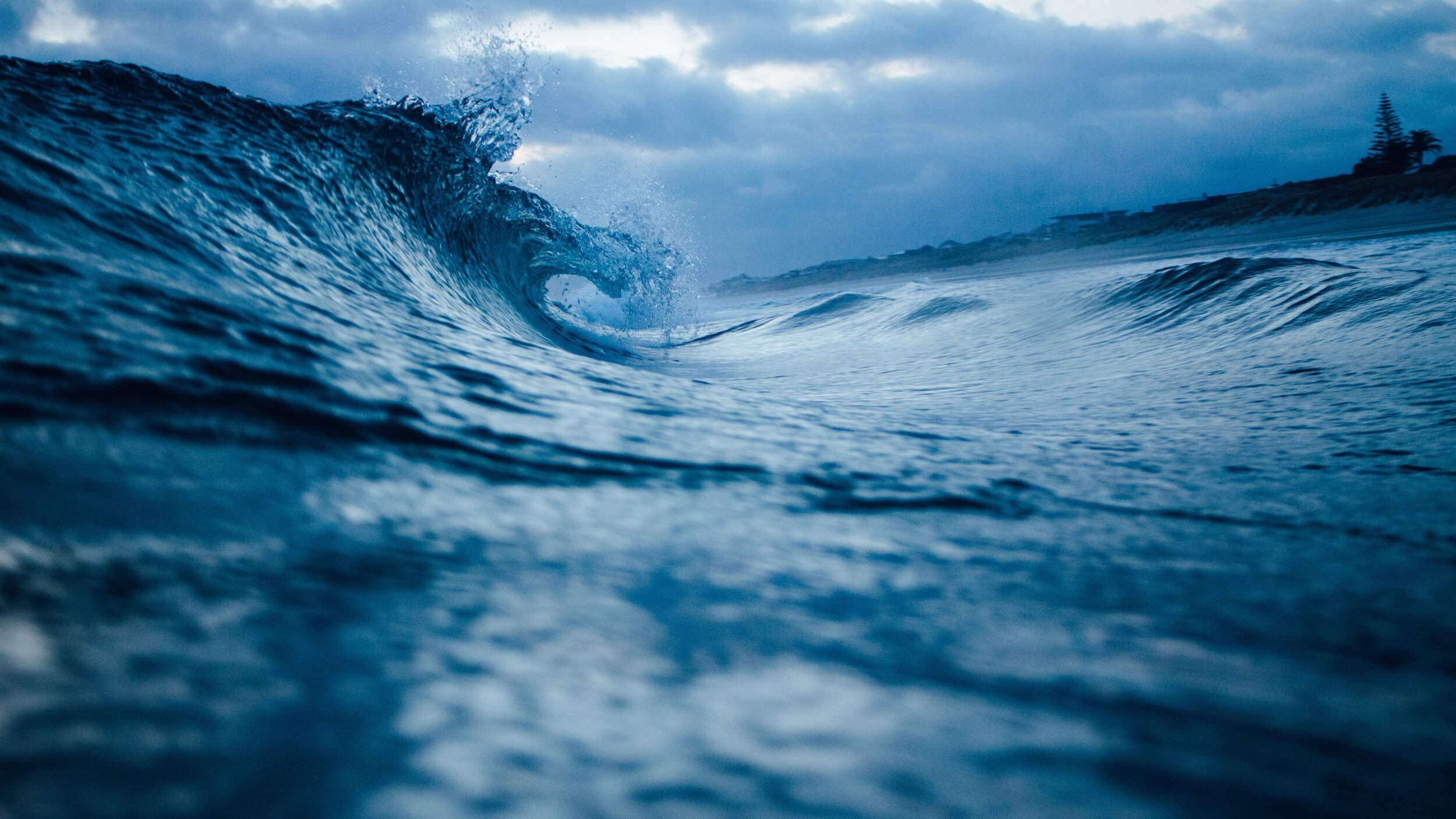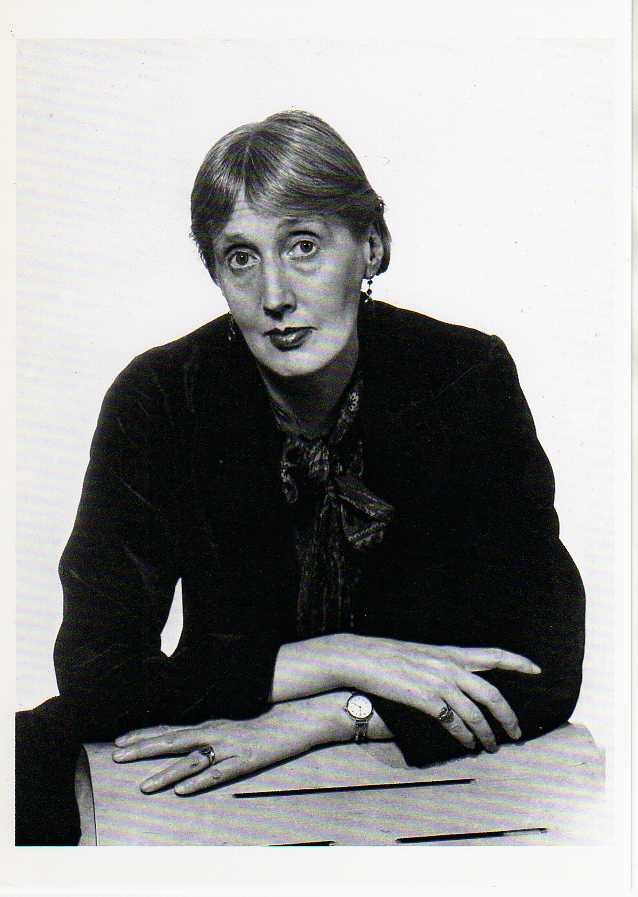The Waves: Six Characters in Search of a Self
This is an extract from Alison Hennegan’s lecture on The Waves, Literature Cambridge Study Day, 21 September 2019, Stapleford Granary.
Long before The Waves, Woolf’s characters had often struggled to recognise, define and understand their identities, what makes them the people they are, how much of that is essential and unchangeable, how much of it merely taught and therefore relinquishable, how good the ‘fit’ is, or isn’t, between what they believe themselves to be and how they present themselves, to themselves and to others, and how other people perceive them. In The Voyage Out, for example, Woolf’s first novel, published in 1915, its central character, Rachel Vinrace struggles to identify and reconcile the warring elements which constitute her, and which will kill her as she loses her battle to effect an impossible fusion of the many different Rachels her relations, friends, acquaintances, and fiancé see.
And we can run through all the fiction from 1915 up to 1931 and The Waves and see similar irreconcilable conflicts at work: Clarissa and Septimus Warren Smith in 1925’s Mrs Dalloway; the multi-faceted Mrs Ramsay and Lily Briscoe’s struggle to ‘get her right’ in 1927’s To The Lighthouse; the wholesale challenge to the assumed fixity of gender which Orlando presents to us in her own 1928 novel. And after The Waves the struggle will continue. There is Flush (1933), the novel which tells the Barrett-Browning story through the eyes, ears and nose – especially the nose! – of their eponymous spaniel. In this work the over-tidy categories of animal and human animal are constantly brought into question. In The Years (1937) Woolf explores, through the life of one contemporary, politically engaged woman, Eleanor, who is seventy by the book’s close, the constant struggle to identify, and stay true to a sense of moral self in the tumult of rapidly and often violently changing political life. And her final novel, Between the Acts, posthumously published in 1941, presents, via the annual village pageant unfolding on a summer afternoon in the grounds of the Big House, the endlessly shifting, yet teasingly constantly recognisable identity of more than a thousand years of England and Englishness.
And always there are the same questions, tensions, struggles to reconcile: the relations between self and other, individual and society, inner and outer; reality and fantasy; the relations between thinking and feeling; the imagined and the real (or, more precisely perhaps, the reality of the imagined, and the difficulty of determining what constitutes ‘the really real’). All these are, I suspect, familiar predicaments to just about everyone who thinks!
Trinity Hall, University of Cambridge

